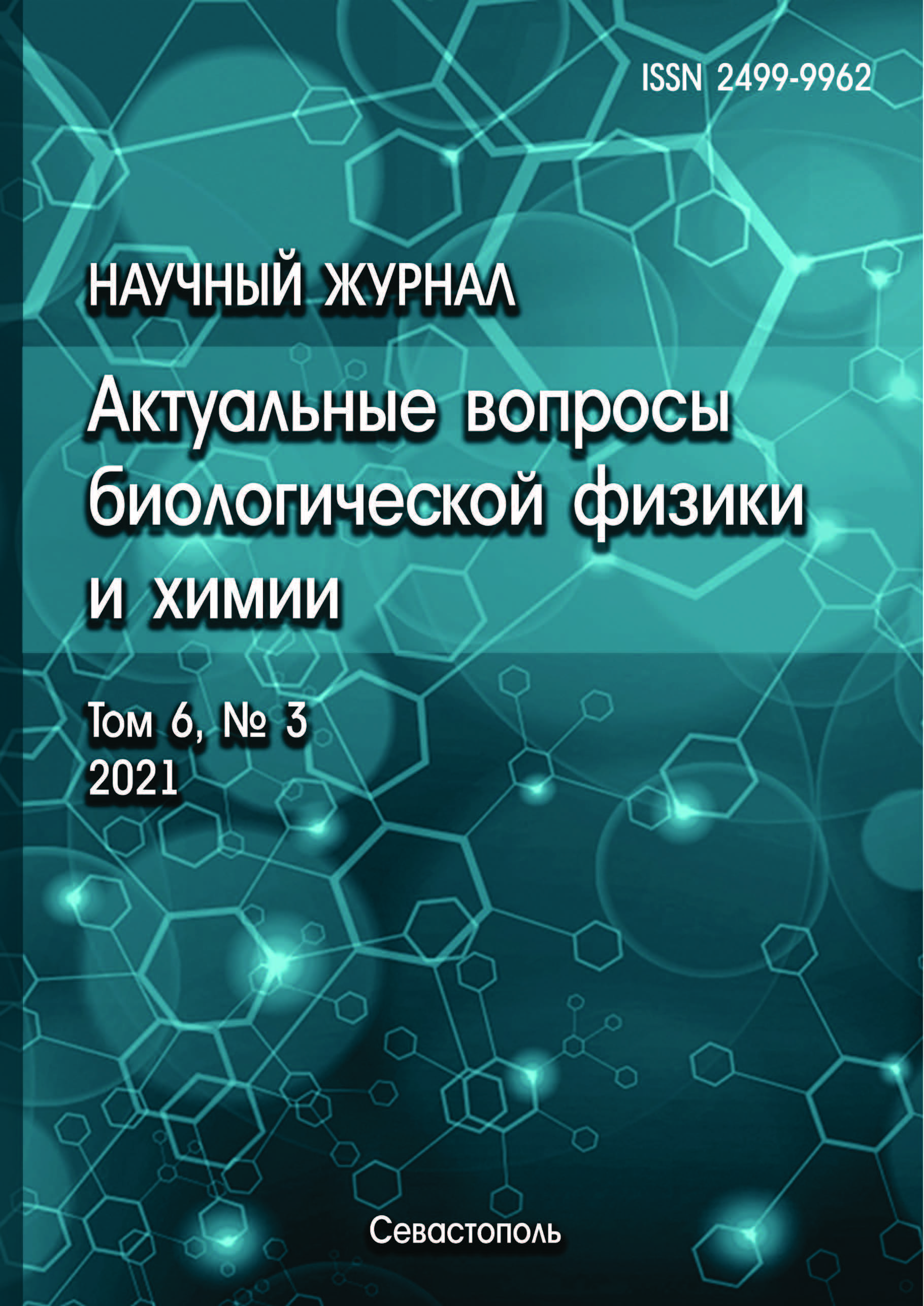Modern society devotes a lot of time to the consumption of various kinds of media materials, which cannot but affect the functional state of the brain. Psychologists and neurophysiologists outline the significance and necessity of being in a state of calm wakefulness which is a relaxed physical and mental state when a person is not focused on anything specific. This paper examines the changes in the intensity and localization of the rhythms of calm wakefulness of the electroencephalogram (theta, alpha and beta) after the perception of informative and entertainment video content and passive contemplation of nature. Two experiments were carried out on each of the 16 participants on different days (viewing entertainment video material and a video series of nature). The EEG was recorded at rest with the participants' open and closed eyes before and after the sessions. The solution to the inverse EEG problem and the search for distributed activity sources were implemented using the standard low resolution tomography (sLORETA) method; the determination of the EEG spectral power before and after perception was performed by the Fast Fourier Transform method. After active perception of information-filled content, the intensity of alpha-rhythm generators increased, and after passive contemplation of nature it, conversely, decreased. Multidirectional dynamics was observed in two sessions in the beta-1 and beta-2 frequency ranges. The distribution and dynamics of the theta rhythm did not differ after the active and passive sessions. The statistical analysis of the power characteristics enabled us to obtain the following results: an increase in the spectral power of the alpha rhythm was observed after an active session with the participants' open and closed eyes, as well as an increase in the power of the beta1 rhythm was noted after an active session in the sample with their open eyes.
EEG, rest rhythms, media, functional state
1. Belozerova Yu.M. Opyt primeneniya mediatehnologiy, virtual'noy i dopolnennoy real'nosti v formirovanii professional'nyh kompetenciy sotrudnikov organizaciy sfery uslug. Cifrovoe obschestvo kak kul'turno-istoricheskiy kontekst razvitiya cheloveka: sbornik nauchnyh statey. Pod obsch. red. R.V. Ershovoy. Kolomna: Gosudarstvennyy social'no-gumanitarnyy universitet, 2020, s. 41-43. @@Belozerova Yu.M. Experience in the use of media technologies, virtual and augmented reality in the formation of professional competencies of employees of service organizations. Digital society as a cultural and historical context of human development: a collection of scientific articles. Under the general ed. of R.V. Ershova. Kolomna: State Social and Humanitarian University, 2020, pp. 41-43. (In Russ.) EDN: https://elibrary.ru/AYUVPM
2. Maryutina T.M., Ermolaev O.Yu. Vvedenie v psihofiziologiyu: uchebnoe posobie po kursu: "Obschaya i vozrastnaya psihofiziologiya". M.: Moskovskiy psihologo-social'nyy institut. Flinta, 1997, 240 s. @@Maryutina T.M., Ermolaev O.Yu.Introduction to psychophysiology: a textbook for the course: "General and age-related psychophysiology ". M.: Moscow Psychological and Social Institute. Flinta, 1997, 240 p. (In Russ.)
3. Greicius M.D., Krasnow B., Reiss A.L., Menon V. Functional connectivity in the resting brain: a network analysis of the default mode hypothesis. Proceedings of the National Academy of Sciences of the United States of America, 2003, vol. 100, no. 1, pp. 253-258. doi:https://doi.org/10.1073/pnas.0135058100
4. Gusnard D.A., Raichle M.E., Raichle M.E. Searching for a baseline: functional imaging and the resting human brain. Nature reviews. Neuroscience, 2001, vol. 2, no. 10, pp. 685-694. doihttps://doi.org/10.1038/35094500 EDN: https://elibrary.ru/LNDFRZ
5. Mason M.F., Norton M.I., Van Horn J.D., Wegner D.M., Grafton S.T., Macrae C.N. Wandering minds: the default network and stimulus-independent thought. Science, 2007, vol. 315, no. 5810, pp. 393-395. doi:https://doi.org/10.1126/science.1131295
6. Greicius M.D., Srivastava G., Reiss A.L., Menon V. Default-mode network activity distinguishes Alzheimer's disease from healthy aging: evidence from functional MRI. Proceedings of the National Academy of Sciences of the United States of America, 2004, vol. 101, no. 13, pp. 4637-4642. doi:https://doi.org/10.1073/pnas.0308627101
7. Lowe M.J., Beall E.B., Sakaie K.E., Koenig K.A., Stone L., Marrie R.A., Phillips M.D. Resting state sensorimotor functional connectivity in multiple sclerosis inversely correlates with transcallosal motor pathway transverse diffusivity. Human brain mapping, 2007, vol. 29, no. 7, pp. 818-827. doi:https://doi.org/10.1002/hbm.20576
8. Bluhm R.L, Miller J., Lanius R.A., Osuch E.A., Boksman K., Neufeld R.W., Theberge J., Schaefer B., Williamson P. Spontaneous low-frequency fluctuations in the BOLD signal in schizophrenic patients: anomalies in the default network. Schizophrenia bulletin, 2007, vol. 33, no. 4, pp. 1004-1012. doi:https://doi.org/10.1093/schbul/sbm052 EDN: https://elibrary.ru/IWISWV
9. Pascual-Marqui R.D. Standardized low-resolution brain electromagnetic tomography (sLORETA): technical details. Methods and findings in experimental and clinical pharmacology, 2002, vol. 24, Suppl D, pp. 5-12.
10. Fuchs M., Kastner J., Wagner M., Hawes S., Ebersole J.S. A standardized boundary element method volume conductor model. Clinical neurophysiology: official journal of the International Federation of Clinical Neurophysiology, 2002, vol. 113, no. 5, pp. 702-12. doi:https://doi.org/10.1016/s1388-2457(02)00030-5
11. Jurcak V., Tsuzuki D., Dan I. 10/20, 10/10, and 10/5 systems revisited: Their validity as relative head-surface-based positioning systems. Neuroimage, 2007, vol. 34, no. 4, pp. 1600-1611. doi:https://doi.org/10.1016/j.neuroimage.2006.09.024










